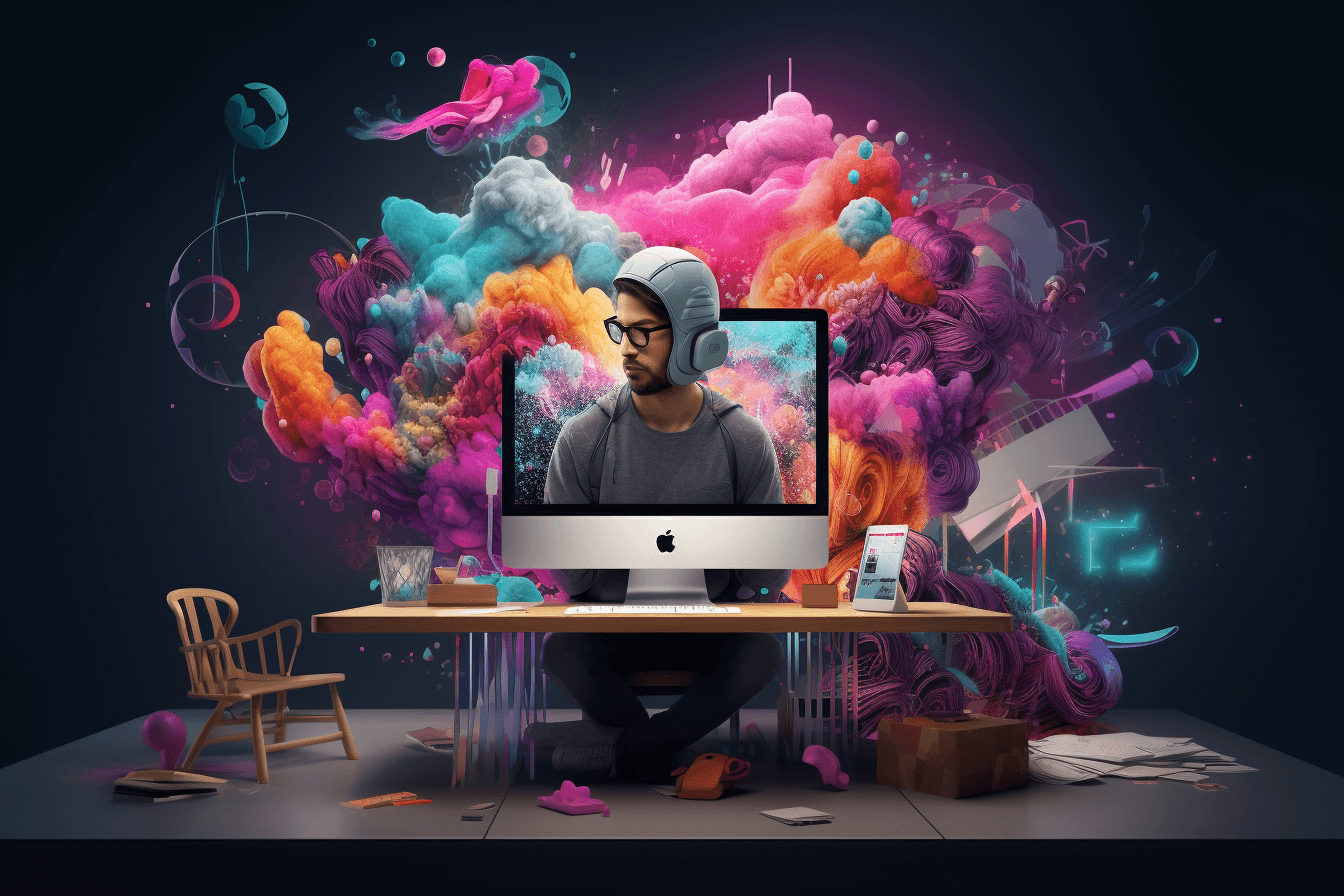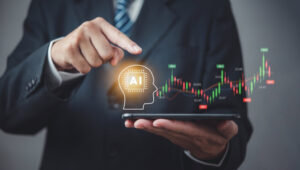In today’s rapidly evolving digital landscape, the integration of Artificial Intelligence (AI) into creative processes is reshaping the way design ideas are generated. The question of how AI generates design ideas is becoming increasingly significant for digital creators and enthusiasts alike. This article explores the transformative impact of AI on design, offering insights into its potential to spark creativity and innovation.

The Role of AI in Design
AI has rapidly emerged as a game-changer in the design world. It is not just a tool but an enabler, allowing designers to explore new realms of creativity. Through machine learning algorithms and neural networks, AI can analyze vast amounts of data, identify patterns, and suggest innovative design solutions.
Understanding AI-Driven Design
The core of AI-driven design lies in its ability to learn from existing data and apply this knowledge to generate unique design concepts. For instance, AI systems can analyze past design trends, user preferences, and industry standards to propose fresh ideas that align with current market demands.
Benefits of AI in Design
One of the most significant advantages of incorporating AI into design is its ability to enhance efficiency. Designers can focus on refining concepts while AI handles repetitive tasks such as color matching, layout arrangement, and font selection. This collaborative approach saves time and allows designers to concentrate on what truly matters – creativity.
AI and Creativity
There is a common misconception that AI stifles creativity. On the contrary, AI acts as a catalyst for creative thinking. By providing designers with diverse options and inspiration, AI encourages them to push boundaries and experiment with unconventional ideas.
AI-Generated Design Ideas in Action
Many companies are already harnessing the power of AI to generate design ideas. For instance, platforms like DzinerStudio offer tools for digital creators to quickly produce social media content. By utilizing AI, these platforms enable users to create engaging posts efficiently, enhancing their online presence. Learn more about creating educational social media content using AI.
Personalization and AI
AI excels at personalization, tailoring design ideas to meet specific user needs. By analyzing user data, AI can generate designs that resonate with target audiences, resulting in more meaningful and impactful content.
Challenges and Considerations
While AI offers immense potential in the design field, it is essential to address challenges such as data privacy, ethical considerations, and the need for human oversight. Designers must strike a balance between relying on AI and maintaining a human touch in their creations.
Future Prospects of AI in Design
The future of AI in design is promising. As technology continues to evolve, AI will likely become more intuitive and capable of generating even more sophisticated design ideas. This evolution will open up new possibilities for digital creators, enabling them to stay ahead of the curve.
Conclusion
The integration of AI into the design process is revolutionizing creativity. By understanding how AI generates design ideas, digital creators can leverage this technology to enhance their work, streamline processes, and deliver innovative solutions. As we move forward, embracing AI’s potential will be crucial for staying competitive in the ever-changing design landscape.

FAQs
What is AI in design?
AI in design refers to the use of artificial intelligence technologies to assist and enhance the design process. It involves using algorithms and machine learning to generate, analyze, and optimize design ideas.
Can AI replace designers?
AI is not intended to replace designers but to augment their capabilities. While AI can automate certain tasks, the creative input and expertise of human designers remain invaluable.
How do AI-generated designs improve efficiency?
AI-generated designs improve efficiency by automating repetitive tasks, allowing designers to focus on creative aspects. This collaboration between AI and designers leads to faster project completion and more innovative outcomes.
For further reading on AI’s role in graphic design, visit Adobe’s insights on AI for graphic designers.







